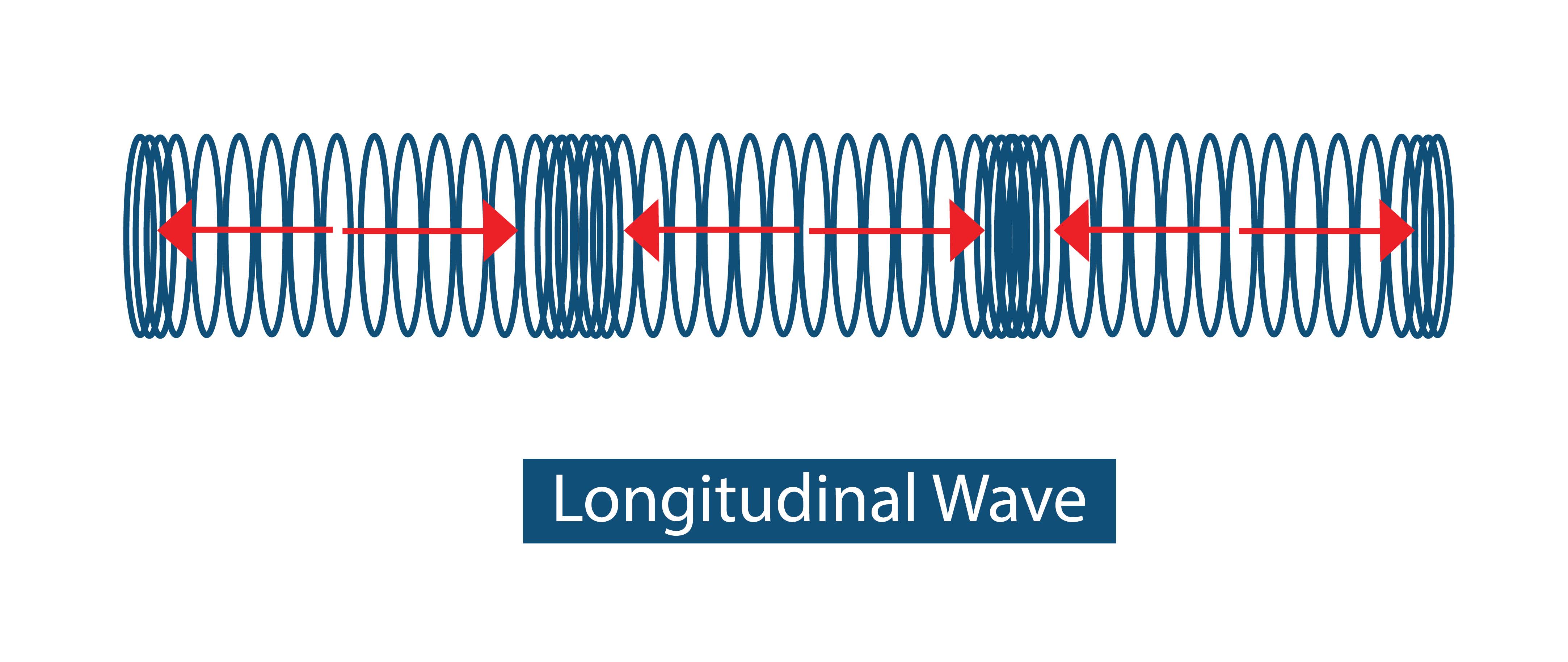Wave Interactions
Grade 6 Science Worksheets
Wave interactions refer to the behavior of waves when they encounter each other or encounter obstacles or boundaries.
Table of contents:
- Wave interactions
- Different types of waves
- Phenomena related to wave interactions
Wave Interactions - Grade 6 Science Worksheet PDF
This is a free printable / downloadable PDF worksheet with practice problems and answers. You can also work on it online.
|
|
Untimed |
|
Sign up with your email ID to access this free worksheet.
"We really love eTutorWorld!"
"We really love etutorworld!. Anand S and Pooja are excellent math teachers and are quick to respond with requests to tutor on any math topic!" - Kieran Y (via TrustSpot.io)
"My daughter gets distracted easily"
"My daughter gets distracted very easily and Ms. Medini and other teachers were patient with her and redirected her back to the courses.
With the help of Etutorworld, my daughter has been now selected in the Gifted and Talented Program for the school district"
- Nivea Sharma (via TrustSpot.io)
Wave Interactions
Waves can interact with each other in several ways, including interference, diffraction, reflection, and refraction.
Interference occurs when two or more waves meet and interact with each other. This can result in either constructive interference, where the waves reinforce each other and create a larger wave, or destructive interference, where the waves cancel each other out and create a smaller wave.
Diffraction occurs when waves encounter an obstacle or boundary and bend around it. The amount of bending depends on the wavelength of the wave and the size of the obstacle or boundary.
Reflection occurs when waves encounter a surface and bounce back. The angle of reflection is equal to the angle of incidence, and the nature of the reflection depends on the properties of the surface.
Refraction occurs when waves pass through a medium with different properties, such as a change in density or temperature. This can cause the wave to bend and change direction.
Understanding wave interactions is important in many areas of science and engineering, including optics, acoustics, and electromagnetics. By studying wave interactions, scientists and engineers can develop new technologies, such as lenses, acoustic filters, and optical fibers, that make use of wave behavior.
Different types of waves
There are many different types of waves in physics, but some of the most common types include:
Mechanical Waves: These are waves that require a medium to travel through, such as water waves, sound waves, or seismic waves. When mechanical waves encounter matter, they can cause it to vibrate, deform, or move.
Electromagnetic Waves: These are waves that do not require a medium to travel through, such as light waves, radio waves, or microwaves. When electromagnetic waves encounter matter, they can be absorbed, reflected, or refracted, depending on the properties of the material.
Transverse Waves: These are waves in which the particles of the medium move perpendicular to the direction of wave propagation, such as water waves or electromagnetic waves.
Longitudinal Waves: These are waves in which the particles of the medium move parallel to the direction of wave propagation, such as sound waves or seismic waves.
Surface Waves: These are waves that travel along the surface of a medium, such as ocean waves or surface seismic waves.
When waves interact with matter, their behavior depends on the properties of the material they encounter. For example, mechanical waves can be absorbed, reflected, or transmitted by different materials, depending on their density, elasticity, and other properties. Electromagnetic waves can be absorbed by materials that have specific energy levels, reflected by conductive surfaces, or refracted by materials with different indices of refraction.
In general, the interaction of waves with matter is a complex phenomenon that depends on a variety of factors, including the type of wave, the properties of the material, and the nature of the interaction. Understanding these interactions is important for a wide range of applications, including imaging, communication, and materials science.
“There have been times when we booked them last minute, but the teachers have been extremely well-prepared and the help desk at etutorworld is very prompt.
Our kid is doing much better with a higher score.”
6th Grade Tutoring
eTutorWorld offers Personalized Online Tutoring for Math, Science, English, and Standardised Tests.
Our Tutoring Packs start at just under $22.49 per hour, and come with a moneyback guarantee.
Schedule a FREE Trial Session, and experience quality tutoring for yourself. (No credit card required.)
Phenomena related to wave interactions
There are many phenomena related to wave interactions.
Here are a few examples:
Standing Waves: When two waves of the same frequency and amplitude travel in opposite directions and interact, they can create a standing wave pattern. This occurs when the waves interfere with each other in such a way that there are certain points along the wave where there is no movement or vibration, called nodes, and other points where the wave amplitude is at a maximum, called antinodes.
Beats: When two waves with slightly different frequencies interfere with each other, they can create a phenomenon called beats. This occurs when the waves alternate between constructive and destructive interference, creating a pattern of alternating loudness and silence.
Doppler Effect: This is the apparent change in frequency or wavelength of a wave due to the relative motion of the source and the observer. For example, the sound of an approaching ambulance siren appears to have a higher pitch than when it moves away from the observer.
Diffraction: When a wave encounters an obstacle or a slit that is comparable in size to the wavelength of the wave, it can diffract or bend around the obstacle. This causes the wave to spread out and creates a pattern of interference, which can be observed as light and dark fringes.
Polarization: Some waves, such as light waves, can have a specific orientation of their free electric field. When these waves encounter certain materials or filters, they can be polarized or filtered based on their orientation.
Do You Stack Up Against the Best?
If you have 30 minutes, try our free diagnostics test and assess your skills.
FAQS
What is interference in waves?
Interference is the interaction of two or more waves that meet at the same point in space and time. Depending on the phase relationship between the waves, they can either add up to produce a larger wave (constructive interference) or cancel each other out (destructive interference).
What is diffraction in waves?
Diffraction is the bending of waves around obstacles or through openings. The amount of diffraction depends on the wavelength of the wave and the size of the obstacle or opening.
What is reflection in waves?
Reflection is the bouncing back of waves when they encounter a boundary or surface. The angle of reflection is equal to the angle of incidence, and the nature of the reflection depends on the properties of the surface.
What is refraction in waves?
Refraction is the bending of waves when they pass through a medium with a different density or refractive index. The amount of bending depends on the angle of incidence, the refractive indices of the two media, and the wavelength of the wave.
What is the Doppler effect in waves?
The Doppler effect is the apparent change in frequency or wavelength of a wave due to the relative motion of the source and the observer. For example, the sound of an approaching ambulance siren appears to have a higher pitch than when it moves away from the observer.
What is the difference between longitudinal and transverse waves?
In a longitudinal wave, the particles of the medium move parallel to the direction of wave propagation, while in a transverse wave, the particles move perpendicular to the direction of wave propagation. Examples of longitudinal waves include sound waves, while examples of transverse waves include light waves and water waves.

Kathleen Currence is one of the founders of eTutorWorld. Previously a middle school principal in Kansas City School District, she has an MA in Education from the University of Dayton, Ohio. She is a prolific writer, and likes to explain Science topics in student-friendly language. LinkedIn Profile
Affordable Tutoring Now Starts at Just $22.49
eTutorWorld offers affordable one-on-one live tutoring over the web for Grades K-12. We are also a leading provider of Test Prep help for Standardized Tests (SCAT, CogAT, MAP, SSAT, SAT, ACT, ISEE, and AP).
What makes eTutorWorld stand apart are: flexibility in lesson scheduling, quality of hand-picked tutors, assignment of tutors based on academic counseling and diagnostic tests of each student, and our 100% money-back guarantee.
Whether you have never tried personalized online tutoring before or are looking for better tutors and flexibility at an affordable price point, schedule a FREE TRIAL Session with us today.
*There is no purchase obligation or credit card requirement
Grade 6 Science Worksheets
- Inquiry process
- Nature of Science
- Scientific Inquiry
- Inquiry, Analysis and Problem Solving
- Ethical Practices
- Science and Society
- Biotic and Abiotic Factors
- Impact of Organisms
- Adaptation
- Spheres of Earth
- Natural Resources
- Environmental Issues
- Conservation of Earth
- Understanding Technology
- Abilities To Do Technological Design
- Structure of Earth
- Solar System
- Rocks and Fossils
- Earth Systems
- Plate Tectonics
- Evolution
- Magnetic Field of Earth
- Geologic Time
- Materials and Processes That Shape a Planet
- Astronomy
- Ecology
- Energy
- Kinetic and Potential Energy
- Energy Transfer
- Matter and its Structure
- States of Matter
- Physical and Chemical Changes
- Force and Motion
- Electricity and Magnetism
- Wave Interactions
- Sound
- Light
- Introduction to Life Science
- The Origin & History of Life On Earth
- Plant and Animal Cells
- Parts of a Cell
- The Cell Cycle
- How Living Organisms Get Energy
- Classification of Organisms
- How Plants Grow & Reproduce
- The Human Respiratory System
- The Human Cardiovascular System
- The Human Digestive System
- The Human Endocrine Systems
- The Human Nervous System
- The Human Muscular System
- The Human Skeletal System
IN THE NEWS

Our mission is to provide high quality online tutoring services, using state of the art Internet technology, to school students worldwide.
Online test prep and practice
SCAT
SSAT
ISEE
PSAT
SAT
ACT
AP Exam
Science Tutoring
Physics Tutoring
Chemistry Tutoring
Biology Tutoring
Math Tutoring
Pre-Algebra Tutoring
Algebra Tutoring
Pre Calculus Tutoring
Calculus Tutoring
Geometry Tutoring
Trigonometry Tutoring
Statistics Tutoring
Quick links
Free Worksheets
Fact sheet
Sales Partner Opportunities
Parents
Passive Fundraising
Virtual Fundraising
Our Expert Tutors
Safe and Secure Tutoring
Interactive Online Tutoring
After School Tutoring
Elementary School Tutoring
Middle School Tutoring
High School Tutoring
Home Work Help
Math Tutors New York City
Press
©2022 eTutorWorld Terms of use Privacy Policy Site by Little Red Bird
©2022 eTutorWorld
Terms of use
Privacy Policy
Site by Little Red Bird














